Pump "Agidel" - specifications, construction device and minor repairs
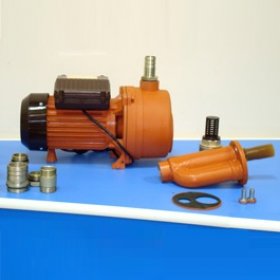
Among the surface pumps demanded in summer cottages, there are two units produced by the Ufa Production Association: Agidel-M and Agidel-10. Even if there is a central water supply system, the owners prefer to have equipment on hand to water the beds not with chlorine water from the tap, but to pick from the nearest well or use the rain collected in the tank. We will consider the characteristics in more detail to find out where they can be used on the site and how to operate it correctly.
Specifications
Both models belong to the group of surface centrifugal aggregates, i.e. they pump water without immersion in it. They are installed near the source, and only suction hoses or pipes are lowered into the water.
This provides a high level of safety, because the contact of electrical wires with liquid is excluded.
Features of the device in Agidel-M
The pump model marked “M” is characterized by small dimensions (only 6 kg) and economical energy consumption (370 W). Designed for pumping cold water, the temperature of which does not exceed 40 degrees. It is able to absorb water from a depth of up to 7 meters, and for a long time, because it is equipped with special protection against overheating. If understaffed with an ejector, it can also be used in wells with a depth of 15 meters.
The device is intended for pumping only clean water from wells, wells, artificial reservoirs, pools. When taking water from a pool or reservoir, it must be ensured that there is more than 0.35 m from the inlet valve to the bottom of the source. The maximum head is 20 meters.
Analysis of the Agidel-10 pump device
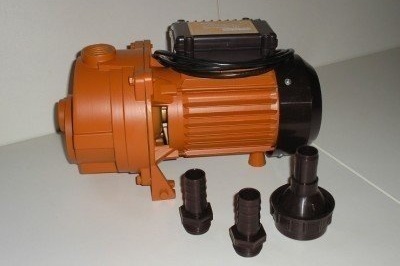
The Agidel-10 pump belongs to the group of self-priming pumps that operate without preliminary priming
Unlike the previous model, the equipment device marked “10” is more powerful. This unit consumes over 500 watts of energy, but at the same time provides a greater pressure of water (30 m). It weighs 9 kg. It is a self-priming pump that does not require a water filling system when starting up. It is recommended for water supply to the house, because at the expense of greater power it supplies water with normal pressure to several points at the same time, for example, to the bathroom and kitchen.
Nuances of installation and operation features
Now let's move on to the rules of installation and operation of equipment.
Where to install
The equipment should be installed on a solid, level surface. The quality of work will depend on this. To protect against precipitation and direct sunlight, it is recommended to build special containers or install units in utility rooms. The first method is preferable because because of the long pipes or hoses the pressure will decrease.
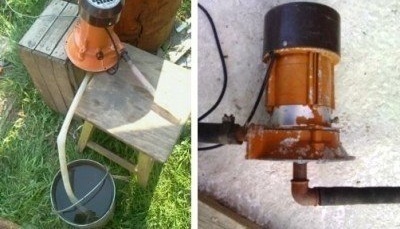
A prerequisite for the normal operation of the pump will be its installation on a flat hard surface.
These pumps are not intended for use in winter, but if there is no other option for water supply at home, then you need to find a room for the system where the temperature will not drop below zero. The second way is to dig a hole below the level of freezing of the earth, concrete it, insulate and put the equipment there.
Some craftsmen hide equipment inside the well itself, building a strong raft for it from materials that do not interact with water. This method makes it possible to artificially increase the suction height, but requires connection to an extension cord, since the cord length is not enough to reach the outlet (cord length from only 1.5 m.).
In this case, it must be remembered that the connection to the extension cord must be carefully insulated from moisture, and installation must be carried out with mandatory grounding.
Pre-fill water before starting
Please note that connecting the Agidel-M pump requires pre-filling the system with water. Dry operation will disable the mechanism. Consider how you can fill the system in the country using a manual column:
- Open the tap.
- A hose from the pump is lowered into a container of water.
- Start pumping with a hand column to create a vacuum in the well.
- Through the hose and pump, water from the tank will begin to move to the well, causing the movement of the air impeller.
- Wait until the water flows from the column, and start the unit.
Here's how this process demonstrates a hardware startup diagram:
If the Agidel-10 pump is used, then filling is not required. Water at the first start will not appear immediately, but within 5 minutes. These are the features of self-priming systems. And the higher the water level in the well, the faster the flow will begin.
Self-troubleshooting
Some problems can be fixed without the help of specialists.
Weak water supply
Poor delivery (weak stream or jerky) is most often the case when using the wrong water intake hose. When fluid is sucked from the well, rarefied air is formed inside the rubber hoses, which causes the walls to compress. This interferes with the normal supply of water. A hose reinforced with a plastic spiral is recommended for the unit.
Stuffing box replacement
Maintenance of the pump involves replacing the seals, because if they fail, leaks in the drain hole begin.
Consider how to replace them with your own hands.
- We unscrew the three bolts located on top of the case, and remove the casing.
- We unscrew 4 bolts in the electric motor.
- Remove the motor housing.
- We disconnect the snail by unscrewing 4 bolts.
- Remove the rubber gasket.
- We unscrew the nut that holds the impeller.
- We take out the axis of the anchor from the impeller (if you don’t get it, “help” with a hammer blow along the axis of the anchor).
- When the anchor with bearing leaves the housing, locate the seals in the impeller.
- Remove them so as not to damage the insert between them.
- Establish new epiploons, having separated their insert, and collect the unit in the reverse order.
If Agidel pumps are used in accordance with the instructions, they work stably and require only periodic cleaning and lubrication of parts.
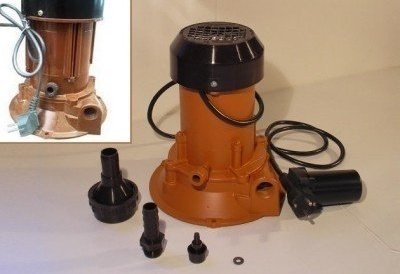
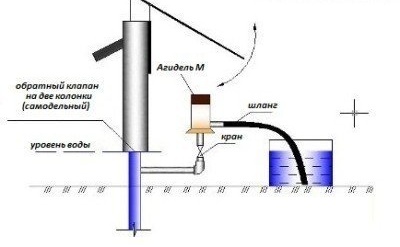
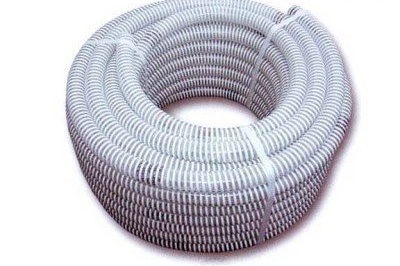
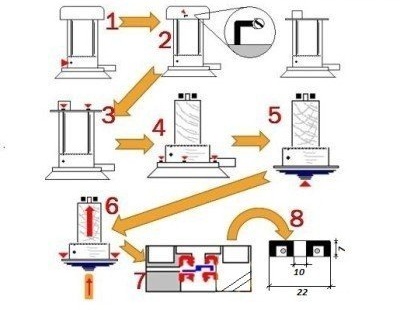
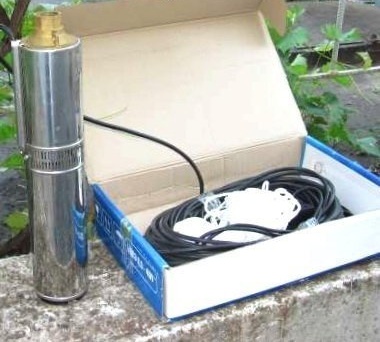
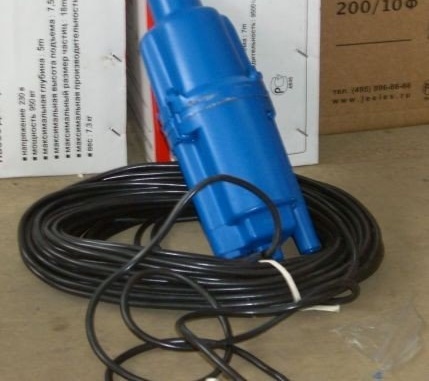
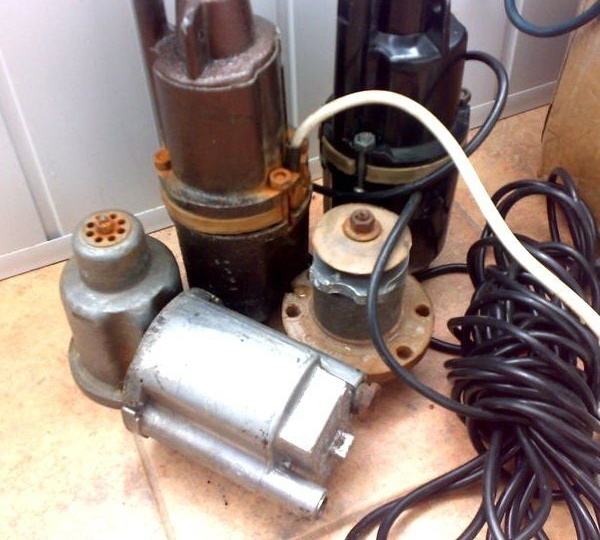
2 comments